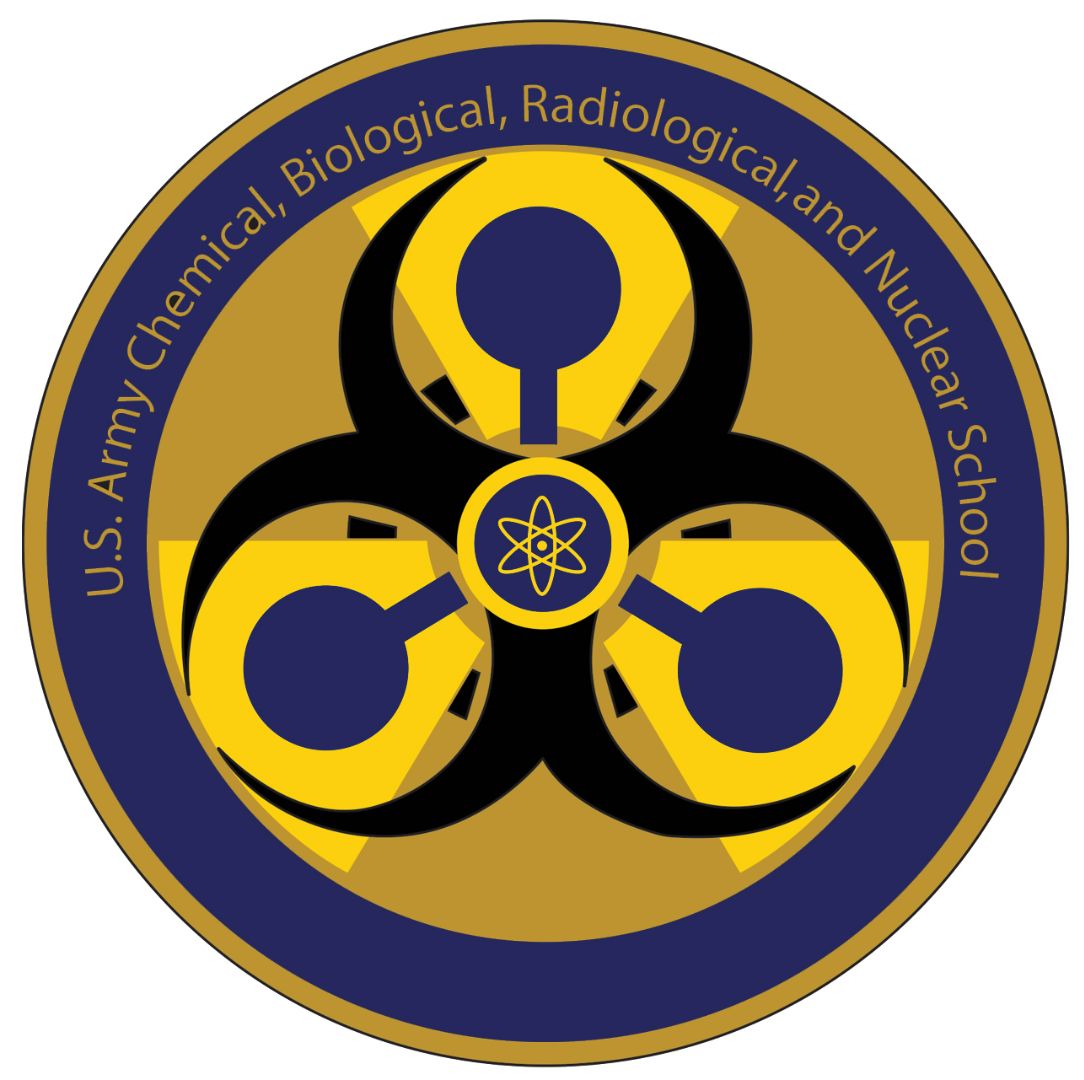Chief of Chemical and Commandant U.S. Army Chemical, Biological, Radiological, and Nuclear School
Colonel W Bochat

I am proud to be your 33d Chief of Chemical and Commandant of the U.S. Army Chemical, Biological, Radiological, and Nuclear School (USACBRNS), Fort Leonard Wood, Missouri. As I aggressively engage units in the U.S. European Command (EUCOM), the U.S. Indo-Pacific Command (INDOPACOM), and the U.S. Army Forces Command (FORSCOM), our priorities remain nested with those of our Chief of Staff of the Army:
- Warfighting.
- Delivering combat formations.
- Fostering continuous transformation.
- Strengthening our profession.
These priorities are essential as we navigate the challenges of the modern battlefield and ensure the Army’s agility, adaptability, and readiness to defend our Nation’s interests.
Warfighting
Our mission revolves around enhancing chemical, biological, radiological, and nuclear (CBRN) readiness throughout the entire U.S. Army formation. Under my leadership as Chief of Chemical and USACBRNS Commandant, we actively collaborate with a spectrum of partners and stakeholders, encompassing international entities, joint forces, corps, divisions, protection cells, and CBRN formations. This concerted effort aims to synchronize your experiences and missions with the overarching strategic objectives of the Army.
Through these collaborations, a notable revelation has surfaced: The Army ceased the formal reporting of CBRN defense equipment with unit status reports in 2019. As a CBRN professional, I staunchly advocate that maintaining accurate accountability of CBRN defense equipment is imperative. Such meticulous oversight is pivotal in enhancing CBRN readiness and mitigating associated risks. We must recognize our adversaries’ strategic focus and ensure that our enemies cannot deny our missions in future conflicts.
Delivering Combat Formations
As CBRN professionals, we must focus on the following three fundamental aspects of CBRN resiliency:
- Personal protective equipment (PPE). It is critical that PPE be donned within the allotted time in order to ensure survival. For most Army formations, Joint Service Lightweight Integrated Suit Technology is the appropriate PPE for CBRN threats. However, specialized formations may require specialized PPE. After donning PPE to standard, realistic training must be conducted to ensure that missions can be executed while in PPE.
- Detection. Training to employ all assigned CBRN detectors and assess CBRN hazards is crucial. This includes maintaining equipment, training, and confirming or denying the presence of CBRN threats in preparation for PPE recommendations, operations plans, mitigation, and attribution of some specialized units in court.
- Decontamination. After successfully donning PPE and detecting a CBRN hazard, contamination must be mitigated. This includes decontaminating any contaminated equipment and PPE, which, in turn, requires maintaining equipment and teams, training in decontamination operations, and practicing safe decontamination exit procedures.
Fostering Continuous Transformation
Continuing our endeavors, we are steadfast in developing prototype capabilities specifically designed to tackle anticipated challenges of the large-scale combat operations envisioned for the Army of 2030. Simultaneously, we’re conducting a comprehensive assessment of our force structure to ensure its alignment with the evolving demands of modern warfare. This evaluation is crucial for optimizing the deployment and utilization of our capabilities, ensuring that we’re strategically positioned at all levels to effectively maneuver in multidomain operations. We bolster our readiness and efficacy on the frontlines by fine-tuning our organizational structure to meet the dynamic needs of contemporary battlefields.
Strengthening Our Profession
Strengthening our profession is the foremost imperative for the Chemical Regiment. We must enhance our training methodologies, foster the growth of our personnel, and optimize our resource procurement strategies. A pivotal shift from passively observing lessons to actively learning from our historical endeavors, thereby averting the recurrence of errors, is necessary. We are currently engaged in numerous initiatives that require your involvement in order to guarantee alignment with our key objectives; these initiatives notably include the USACBRNS Newsletter; the mentorship program; and CBRN knowledge, information, and tools.
Conclusion
As I near the conclusion of my tenure as the 33d Chief of Chemical and Commandant of USACBRNS, I am deeply honored and humbled to have had the opportunity to serve our Corps. I eagerly anticipate the accomplishments that lie ahead in the years to come.
I want to extend my gratitude to the members of the Regiment who, day in and day out, tirelessly support our mission. Your unwavering dedication has been invaluable, allowing us to remain steadfast in our training and support to the maneuver forces over the years. To all of our esteemed Dragon Soldiers and their Families, Department of the Army civilians, CBRN enterprise stakeholders, and joint partners across the globe: Your unwavering commitment exemplifies the strongest CBRN team our Nation has ever witnessed. We stand as the decisive edge, steadfastly supporting the future force.
Dragon Soldiers! CBRN Warriors! Elementis, Regamus, Proelium!





